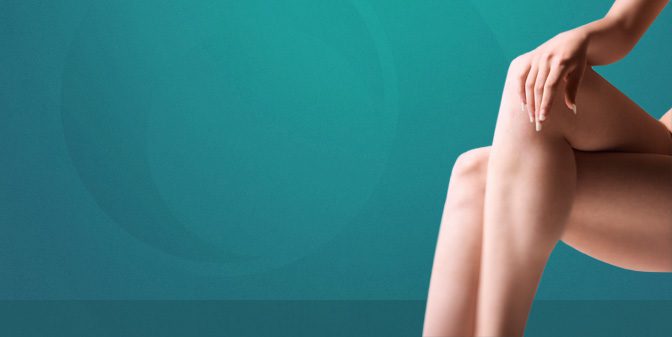Contact Us Today
For all enquiries you can email us at info@hunterveinclinic.com.au or call
ph: 4933 0431
FAQs
Frequently Asked Questions
- Who are Phlebologists?
- What is the Hunter Vein Clinic?
- How do I know which treatment is best for me?
- Are the treatments painful?
- Are my daily activities or work affected?
- Do I really need my veins treated?
- Will my veins come back?
- Where can I find out more detailed information?
- What is Sclerotherapy?
- What is Endovenous Laser Treatment?
Who are Phlebologists?
Phlebologists are qualified doctors who have a special interest in venous disease and its treatment and have undergone advanced training in this field. In Australia they are credentialed by the Australasian College of Phlebology.
What is the Hunter Vein Clinic?
The Hunter Vein Clinic is a medical practice specialising in the treatment of venous disorders ranging from varicose and spider veins to severe venous stasis and its associated problems such as varicose ulcers, eczema, pigmentation, bleeding points and swelling.
Dr Naomi Hunter is a qualified phlebologist who has had extensive experience in treating venous disorders since 1989.
How do I know which treatment is best for me?
At the initial consultation Dr Hunter will take a thorough history and examine your legs. An ultrasound scan may be recommended to define the precise problem with your veins. Treatment options will then be discussed in detail and the appropriate management will be recommended.
Are the treatments painful?
Most patients tolerate these treatments extremely well. During and after sclerotherapy you may experience a burning or stinging sensation for 3 – 5 minutes. Your leg may feel heavy and ache on the day of treatment. This responds to simple analgesics e.g. paracetamol.
Laser therapy is performed under local anaesthesia and there may be stinging initially as the anaesthetic is injected. As the laser energy is delivered, minimal, if any, discomfort may be experienced. Mild to moderate discomfort may be experienced in the first two weeks after laser treatment. Again, this can be managed with simple analgesia.
Are my daily activities or work affected?
Sclerotherapy generally takes 15 – 30 minutes and endovenous laser treatment approximately 1 hour. Both are office-based procedures. Normal daily activities may be resumed, avoiding vigorous exercise for 2 – 4 weeks. A daily walk of at least 30 minutes is necessary. A compression stocking is generally worn for 1 – 2 weeks after each treatment.
Patients may prefer to take the day off work but unless in a heavy, manual occupation may resume the next day. Following surgery, and depending on the procedure performed, 1-2 weeks off work may be necessary and the legs may be painful for several days.
Do I really need my veins treated?
Fortunately most varicose and spider veins are relatively benign, however a small percentage of cases progress to develop complications such as swelling, eczema, pigmentation, ulceration, bleeding points and thrombosis (clotting). In general varicose and spider veins worsen with time, so it is preferable to have them treated before these complications arise as better results are obtained.
Dr Hunter will be able to advise on the severity of the venous disease and the need or urgency for treatment.
Will my veins come back?
Treated correctly, veins should not come back, however over time new veins may develop in similar or new locations as the underlying tendency to form varicose or spider veins cannot be changed. These recurrent veins can also be treated. Factors which may prevent or delay the recurrence of veins include maintenance of a normal body weight, regular exercise and the use of compression stockings.
Where can I find out more detailed information?
Further more detailed information will be given at your initial consultation, including written material.
Information may also be obtained from this website.
What is Sclerotherapy?
Sclerotherapy is an injection treatment for varicose veins.
Sclerotherapy involves the injection of a sclerosant solution through a tiny needle into the varicose vein. This causes the vein wall to collapse. The veins dissolve and disappear as the body gradually absorbs them.

